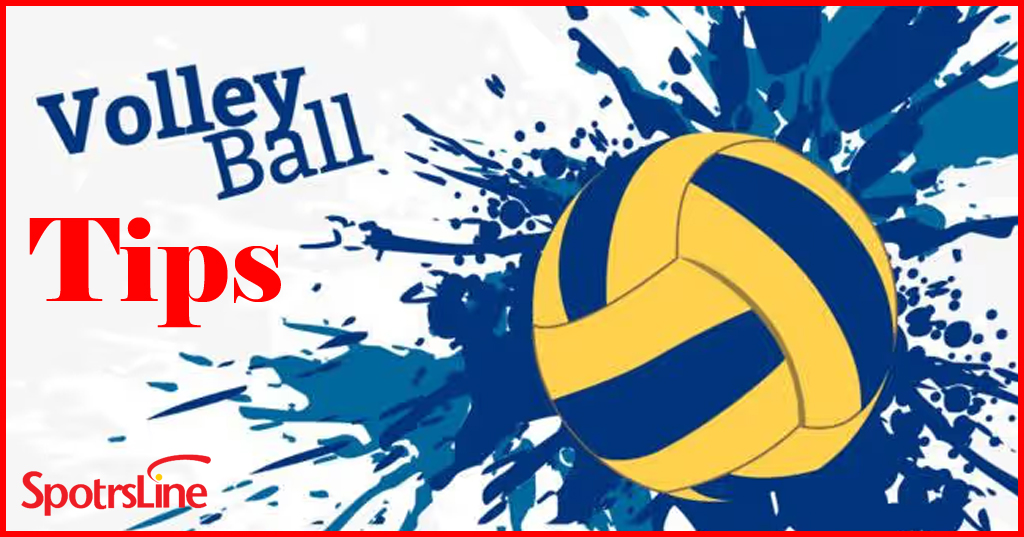
How to practice volleyball for beginners (newbies)
Let me first talk about why I wanted to write this article. After I came to here, I searched for questions about volleyball, but I found that there were very few questions about volleyball, and many of them were from a few years ago. In this article we are going to tll you about Practice volleyball.
Among many questions, many students are asking how to practice volleyball, how to quickly learn volleyball, how to practice volleyball pads to quickly improve, etc. These are basically all tips (shortcuts) that students want to learn on here before the volleyball exams in school.
Here I want to say that there is no quick way to learn volleyball!
Let me introduce myself first. I started playing volleyball in the third grade of elementary school. I didn’t practice much in junior high school, but picked it up again in high school. Then when I entered college, I found that there was no volleyball club in the university. Then I decisively formed a volleyball club, in the first semester of my freshman year.
Next, let’s talk about how beginners (newbies) practice volleyball?
1. A heart that loves volleyball
After seeing the first title, some people may ask, what is the connection between practicing volleyball and loving volleyball?
Because this is very important! When I was a freshman in college, the club was recruiting new members. There was only one requirement for joining the club: anyone who was interested in volleyball could apply to become a member of the club.

Only when you love a sport from the bottom of your heart can you devote yourself to it and then gradually get better and better.
2. Basic training for volleyball beginners
What are the basics of volleyball?
1. Pad the ball (key point, circle it)
2. Pad
3. Serve
4. Diving
5. Dribble
For those who only prepare for school exams, the key points are the 1st and 2nd points of padding and counter-padding.
Here I will focus on dribbling and counter-dribbling. Before dribbling training, you must be mentally prepared for a long time because this cycle will be very long (they are basically the same basic skills as dribbling in basketball).
1. Pad the ball
In the early stage of training, you only need 1 person, 1 ball and 1 wall. Stand 1 meter away from the wall and then do the ball pass against the wall. A novice may not be able to do many passes in the early stage, one reason is that they do not know how to control the strength. They only know to keep the ball passing posture and squeeze their arms to exert force. At the beginning, they can do a few passes in this posture, but after a long time, they will find that their hands are very sore.
Here I would like to give you some advice: In the early stage, practice against the wall in a standard posture, and each ball-passing training should last no less than half an hour. For example, on the first day, set a goal of 10 consecutive balls (the ball cannot fall to the ground), 20 balls on the second day, and 100 balls on the seventh day. Then, when you feel you are proficient, you can time yourself in 1 minute (1 meter away from the wall) to see how many balls you can pass (the ball can fall to the ground, and you can pick it up immediately after it falls and continue passing). I passed 185 balls against the wall in 1 minute in the third grade of elementary school, which ranked third in the whole grade at that time.
After half a month of practice, when you are familiar with the use of force, you can try to practice unlimited ball padding, keep padding against the wall until the ball hits the ground. Set a goal for yourself, set 1000. If you can do 1000 pads without the ball hitting the ground, then congratulations, you have completed the first basic ball pad! Attached is a picture of training freshmen for ball padding against the wall

After you become proficient, you can stretch it. For example, you can bounce the ball 2 meters or 3 meters away from the wall, and then bounce the ball back to the same point each time. This is also to lay a good foundation for the subsequent dribbling. At the same time, when catching the ball at this distance, your arms should be stiff, and then relax immediately after the ball is hit, and then use force when the ball comes back. In this way, the muscles will not be tense all the time, causing sore hands later.
2. Pad
After having the basics of padding, padding against each other is actually a piece of cake. If the two people padding against each other can achieve the level of proficiency mentioned in the first point above, it is basically that both people are padding against the wall. Because everyone has a very good sense of the ball, they can hit the ball back to the arm of the person on the other side, so there is no need to run around to catch the ball.
What if you have a good foundation but your teammate is a novice? It’s very simple, just use your teammate as a wall. Every time you pass the ball against the wall, the ball will move in different directions, but we have practiced to keep hitting the ball back to the same point, so there is no possibility that your teammate will hit the ball randomly and cause you to fail the pass test, because this depends on you to hit the ball into your teammate’s hands every time you receive the ball, and the hard part is that you have to run around.

I will not talk about serving and diving in this article. I will write a separate article specifically about serving and diving later.
3. Dribble
The last point is about dribbling practice

Refer to the picture above for dribbling, using 6 fingers (three on each hand, thumb, index finger, and middle finger). This is most commonly used in the setter position.
If we beginners only want to cope with the test, do we not need to practice the skills for the competition? The answer is that we need to practice.
The dribbling is actually very helpful. It is used when the ball passes over your head but you don’t have time to retreat to catch it. It is actually used more when facing the pad because the dribbling is more stable. This dribbling action can also be practiced against a wall or upwards.
But when practicing, remember not to eat “dried radish”.
If you have any questions about volleyball, you can find me and I will answer them for you.


One thought on “How to practice volleyball for beginners (newbies)”